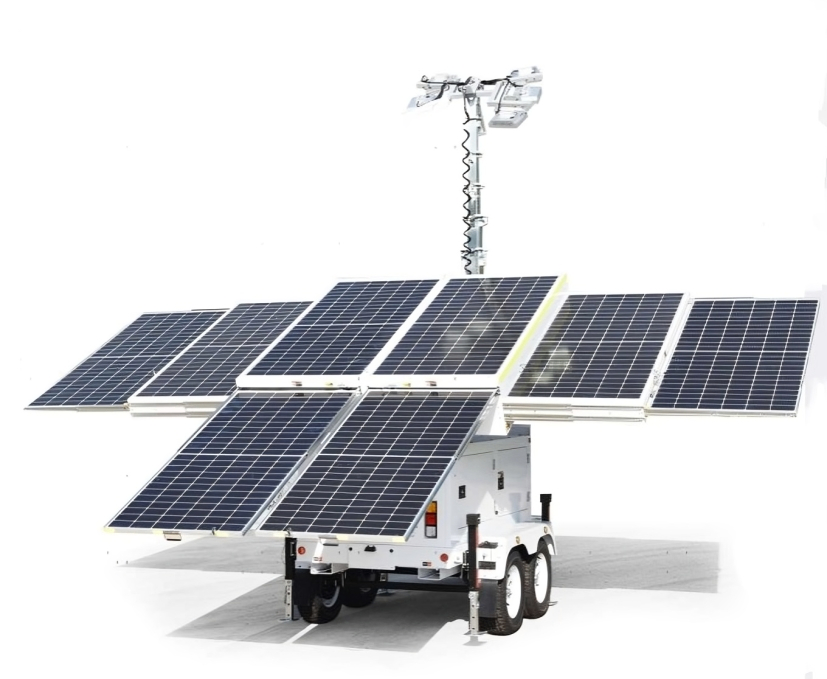A Comparison of Lighting Solutions: Mobile Solar Towers vs. Traditional LightingPosted by Stephen Shickadance in Most Popular. The Basics. Solar FAQs.In the quest for efficient, sustainable, and cost-effective lighting solutions, the contrast between mobile solar towers and traditional lighting systems has become a focal point for industries ranging from construction and event management to emergency response and infrastructure maintenance. This article delves into the core differences, advantages, and potential limitations of each, offering insights into why and when one might be preferred over the other.
Overview of Mobile Solar TowersMobile solar towers harness the power of the sun, converting solar energy into electrical power to illuminate areas without relying on grid electricity. These towers are equipped with photovoltaic panels, batteries for energy storage, LED lights for efficient illumination, and often, a backup generator to ensure reliability. Their mobility allows for easy transportation and positioning in various locations, from remote construction sites to outdoor festivals. Traditional Lighting SystemsTraditional lighting systems typically rely on grid electricity or diesel-powered generators to illuminate areas. These systems can range from fixed street lights and halogen floodlights to portable generator-powered lighting towers. Traditional lighting is known for its high luminosity and reliability, having been the go-to solution for decades in a multitude of settings. Key DifferencesEnergy Source and Environmental Impact
Cost-Efficiency
Mobility and Versatility
Reliability and Lighting Performance
How do solar towers work?
How long do solar light towers last?The lifespan of solar light towers, like those used in mobile solar lighting solutions, is influenced by several components, including solar panels, batteries, LEDs, and the structural integrity of the tower itself. Here's an overview of the longevity of these key components: Solar Panels
Batteries
LEDs
Structural Components
Overall Lifespan of Solar Light TowersCombining all these components, a well-maintained solar light tower can be expected to last for approximately 10 years or more, with certain components like solar panels and LEDs potentially outlasting the initial lifespan of the tower. The batteries will likely need to be replaced once or twice during the tower's operational life, depending on their type and usage patterns. Do light towers have GPS? Yes, some modern light towers, especially those designed for use in construction, mining, event management, and other industrial applications, are equipped with GPS (Global Positioning System) tracking capabilities. The inclusion of GPS technology in light towers offers several benefits: Asset Tracking
Theft Prevention and Recovery
Fleet Management
Maintenance and Usage Tracking
Integration with Management Software
ConclusionThe choice between mobile solar towers and traditional lighting systems hinges on specific project requirements, environmental considerations, and budget constraints. Mobile solar towers offer an eco-friendly, cost-effective solution for areas with adequate sunlight, particularly suited for eco-conscious projects, remote locations, and situations where noise and emissions need to be minimized. Traditional lighting, on the other hand, remains a reliable choice for applications requiring high-intensity light over extended periods, especially in areas with limited sunlight or immediate, high-powered lighting needs. As technology advances and environmental sustainability becomes increasingly crucial, mobile solar towers are likely to gain further traction. However, the coexistence of both systems allows for tailored solutions that best fit the diverse needs of modern society, balancing efficiency, cost, and environmental impact.
Most Popular
The Basics
Solar FAQs
|
ArchivesNo Archives Categories
Want More Info? |
LATEST NEWS & ARTICLES

